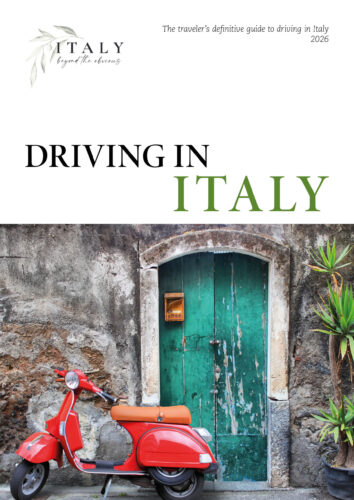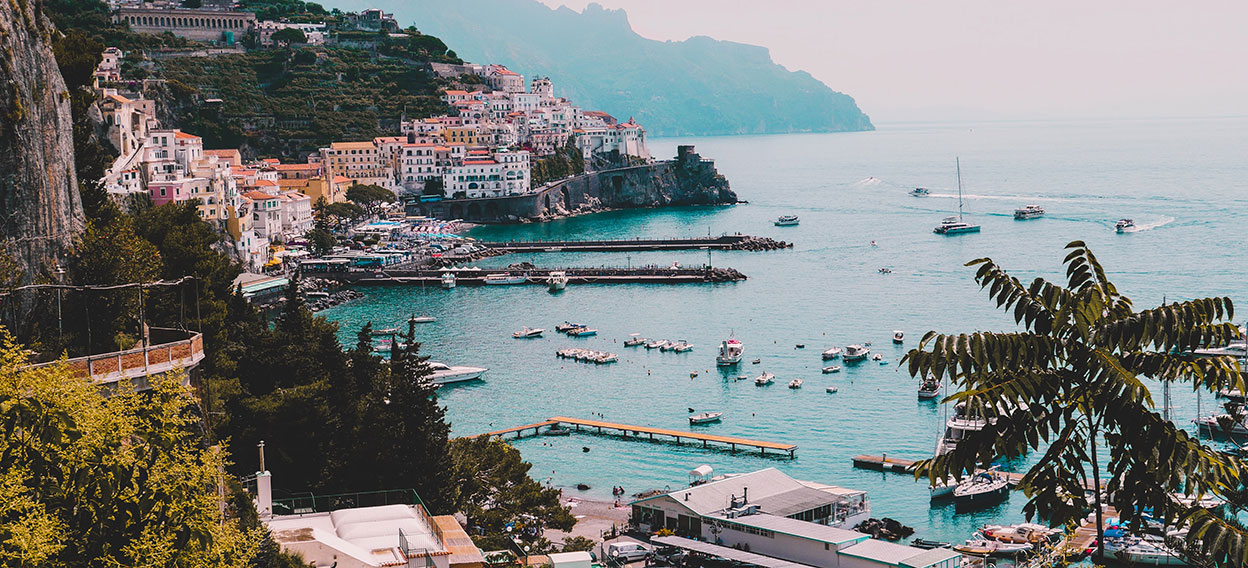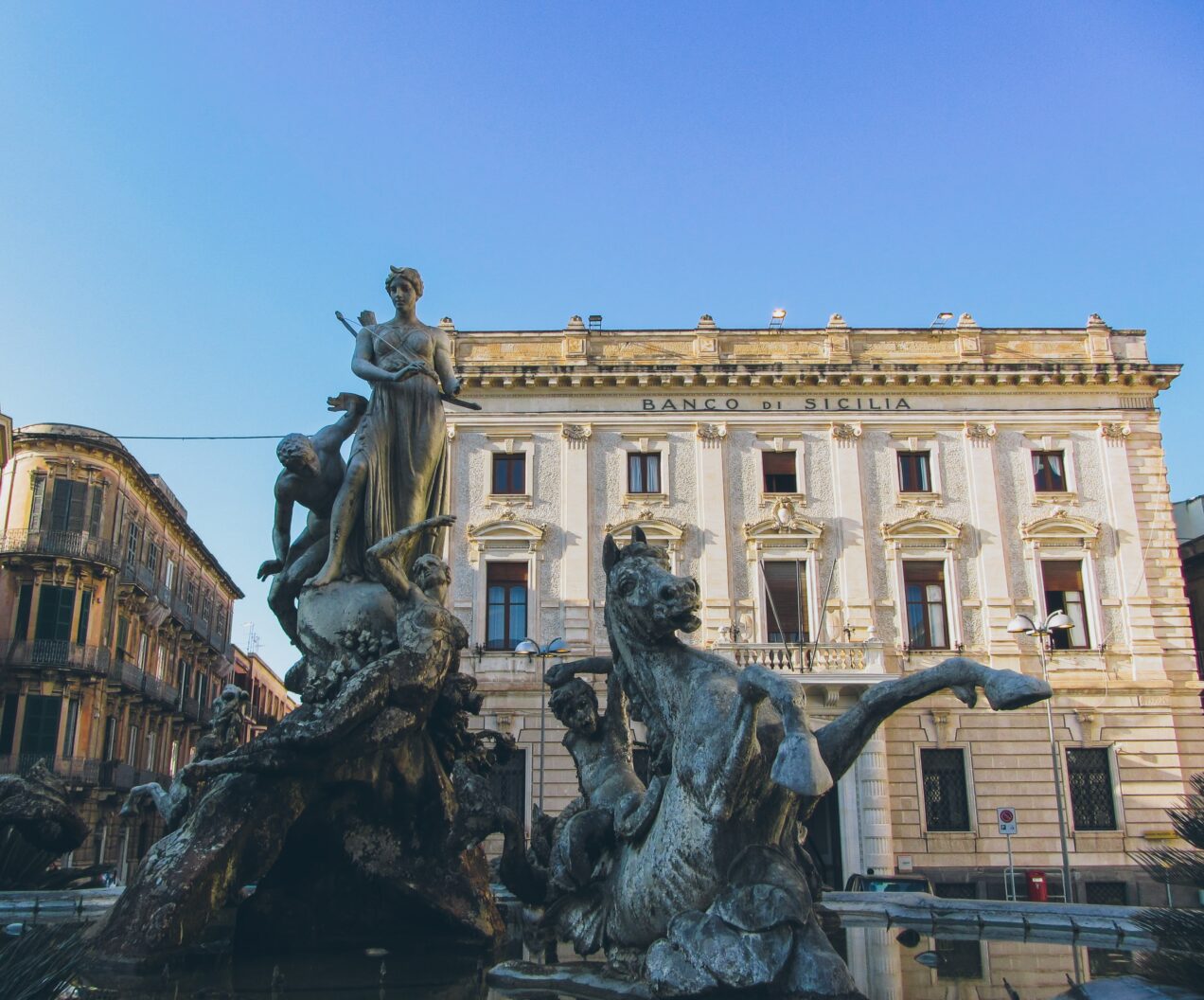
Syracuse Guide: What to See and Do
Sicily captivates with its tangled web of history that can be traced back to the Phoenicians. The island has a distinct patchwork of hyperlocal architectural styles, dialects, and cuisines that reflect thousands of years of invasion and conquest that began with the ancient Greeks and continued through Romans, Arabs, Normans, Swabians, and French and Spanish Bourbons. Each left a mark that has created an island that is both a Mediterranean mishmash and at the same time unmistakably and proudly distinct.
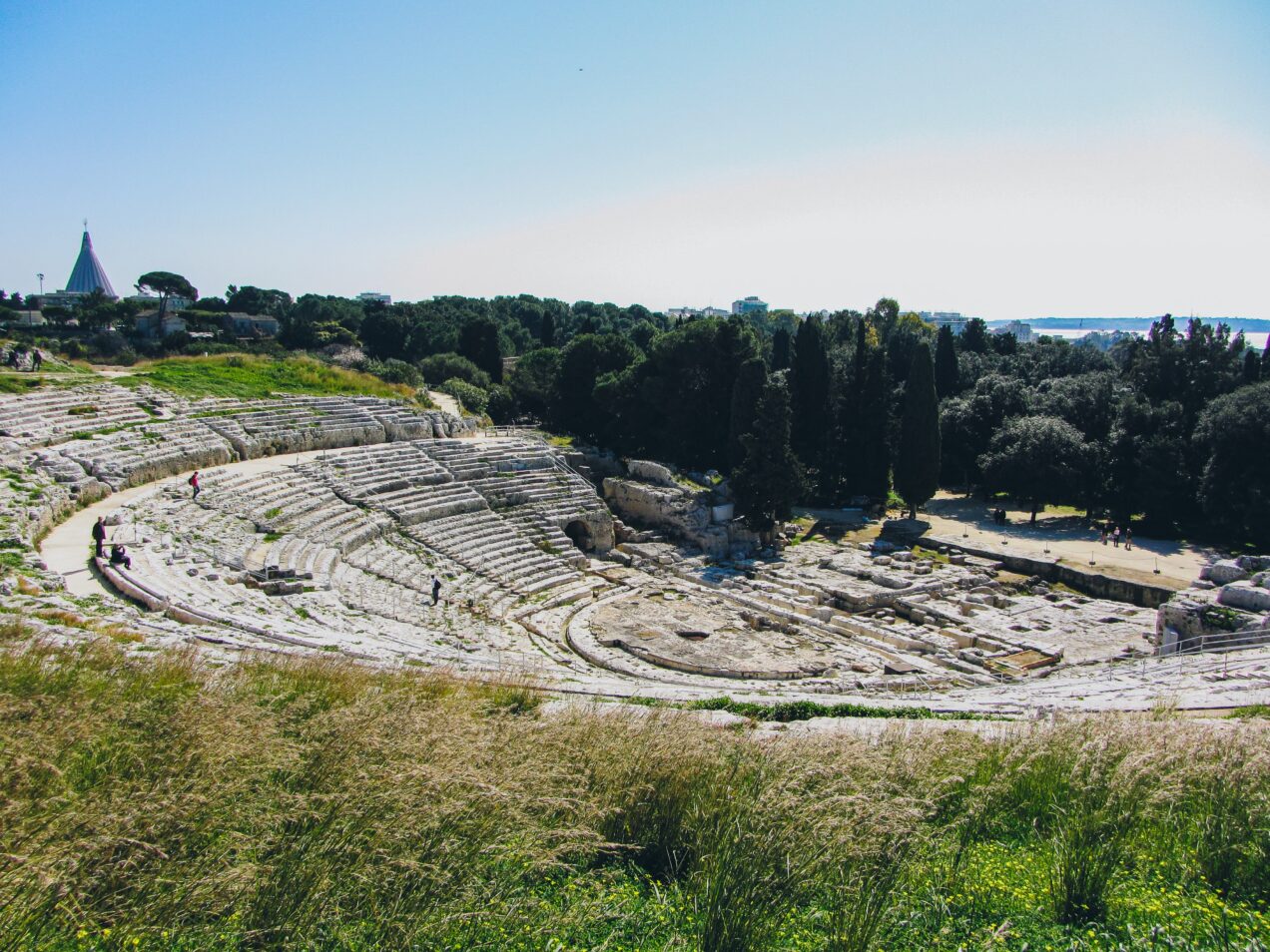
Nowhere is this better represented than Syracuse (or Siracusa), with its spectacular ancient ruins sitting cheek-to-jowl with sumptuous baroque squares and an endless maze of medieval lanes…all surrounded by the turquoise waters of the Mediterranean. The largest city in the Mediterranean during the Magna Graecia period (yes, even larger than Athens), Syracuse today is a mecca for archaeology and architecture enthusiasts, gourmands, and lovers of Italy’s la dolce vita vibe.
Between sightseeing, dining, dipping, and simply lounging over a drink at a sidewalk cafè, there is plenty to do in this unforgettable city. Here is our Syracuse guide with the top highlights:
Top Sights: A Syracuse Guide
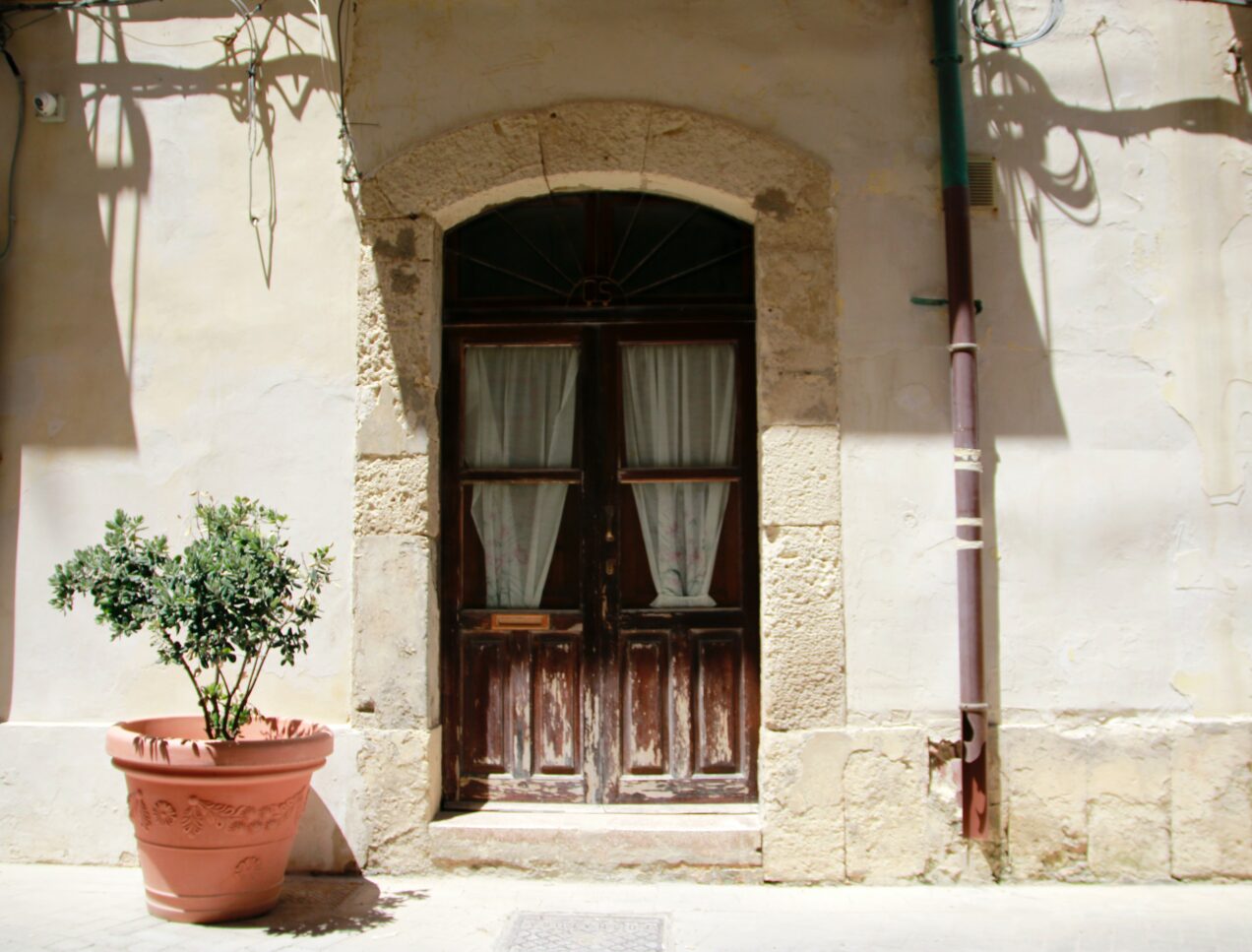
Ortygia (Ortigia)
The island that sits just off mainland Syracuse, Ortygia is the oldest and most atmospheric part of the city and where the lion’s share of its sights are clustered. The Corinthians founded their settlement here in 734 BC and still today Ortygia is considered the most beautiful quarter of Syracuse and home to the city’s most dynamic dining and artisan shopping.
Parco Archeologico della Neapolis – One of Sicily’s premier archaeological sites, Neapolis includes the island’s largest Greek theater Built in the 3rd century BC, this massive theater once seated 16,000 spectators for comedies and tragedies. Other highlights include the ancient limestone quarry and Ear of Dionysius grotto and altar to Hieron II. Like all of Italy’s archaeological sites, we strongly suggest visiting with a Syracuse guide who can interpret the complex ruins and give them historic and cultural context.
Tip: if you have time, don’t skip the nearby Paolo Orsi Archaeological Museum and its impressive collection of ancient art and artifacts.
Temple of Apollo – Sicily’s oldest Doric temple sits at the gateway to Ortygia in Piazza Pancali (where you can also browse the wares at the city’s oldest food market each morning from Monday to Saturday). Built in the 6th century, this temple marked the evolution from wood to stone for temples and has been used as a church, mosque, and basilica over the millennia.
Piazza del Duomo – The main square in Ortygia is ringed by some of the district’s most wow-worthy baroque architecture dating from the 17th and 18th centuries, including the Palazzo Municipiale, cathedral, Palazzo Arcivescovile, and Palazzo Beneventano del Bosco. One of the highlights of the square is the Church of Santa Lucìa alla Badìa, which houses Caravaggio’s “Burial of Saint Lucy”.
Piazza Archimede – The second most important square in Ortygia, Piazza Archimede is the quarter’s social hub. Its central Fountain of Diana is ringed by sidewalk cafès and restaurants, backed in turn by a pleasingly eclectic mix of historic and modern palaces. Highlights include the medieval Palazzo Lanza Bucceri, the baroque gems of Palazzo Pupillo, Palazzo Interlandi Pizzuti, Palazzo Gargallo, and Palazzo Platamone.
Fontana Aretusa – Fresh water has been bubbling up from this ancient spring for almost 3,000 years, and it was long Ortygia’s main water supply. According to legend, the goddess Artemis transformed her handmaiden Aretusa into the spring to save her from the river god Alpheus.
Museo dei Pupi – This small museum is dedicated to the art of Sicilian puppetry, with a collection of handcrafted pupi (puppets) and sets. The museum holds regular puppet shows throughout the day, included in the ticket price.
Mainland Syracuse (Siracusa)
Just a few years after landing on Ortygia, the Corinthians started expanding onto the mainland and today the city covers both the island and coastal plain. Most of the sights are on the island, but there are a few gems worth visiting across the strait.
Syracuse’s Catacombs – There are a number of captivating catacombs hidden beneath the city that are open to visitors as part of an official guided tour (inquire at the ticket office for times). Underneath the impressive Basilica Santuario di Santa Lucia al Sepolcro on mainland Syracuse lies a warren of early Christian catacombs dating from the period during which Rome would not allow Christian burials within the city limits (which did not extend beyond Ortygia at the time). Nearby, the Basilica of San Giovanni sits above the largest catacomb complex in the city.
Take a trip to the nearby town of Noto, which has a Baroque 17th-century old town that was designated the “Val di Noto and the Baroque” UNESCO World Heritage site in 2002, along with nearby Modica, home to some of the best examples of the Sicilian Baroque on the island.
All You Need to Know About Visiting Syracuse
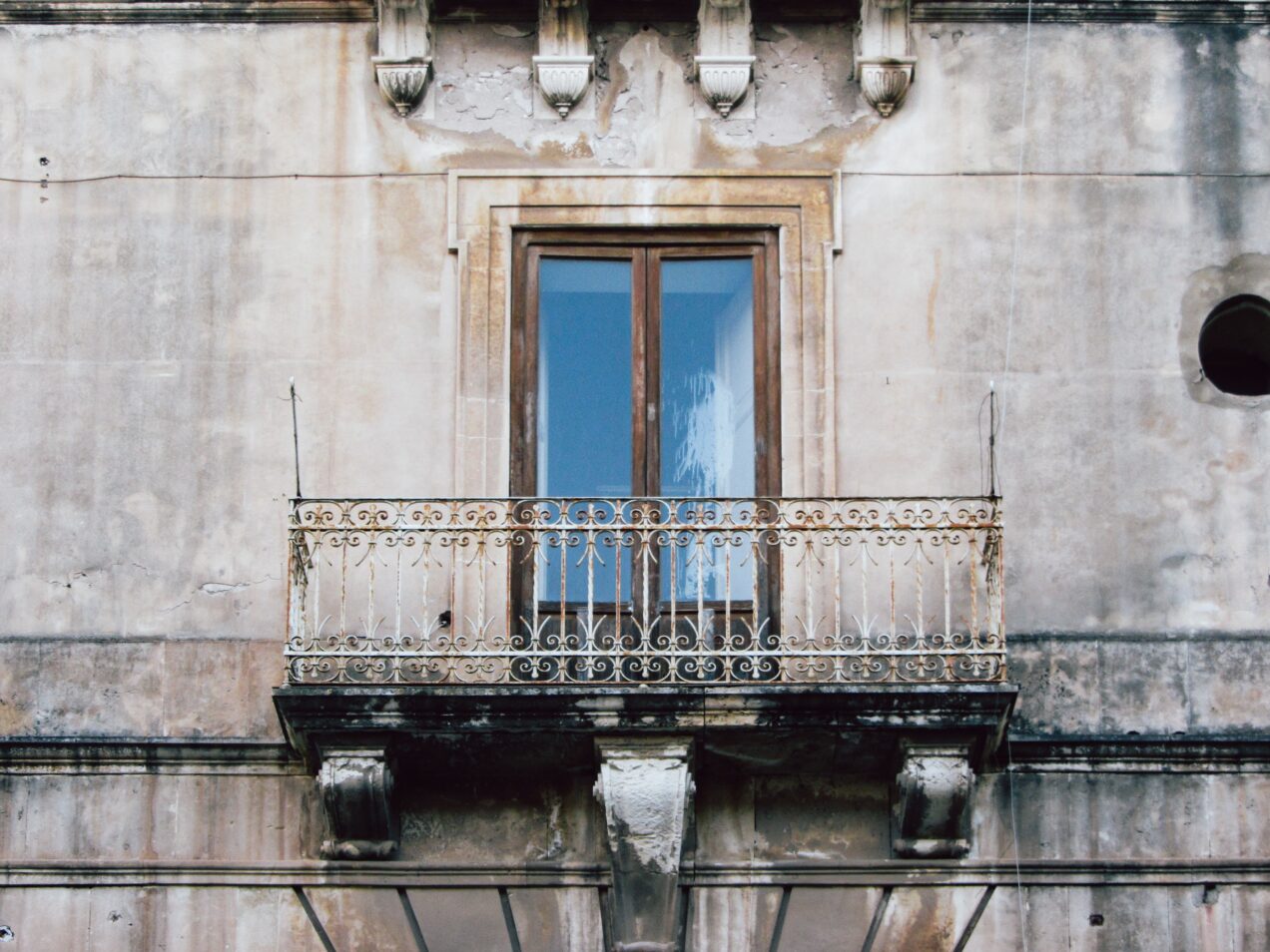
How can I reach Syracuse?
You can drive or take the train to Syracuse. If driving, keep in mind that parking on Ortygia can be tricky so confirm if your hotel offers parking on-site or valet parking nearby. Otherwise, there are a few pay parking garages on the island. Ortygia itself is walkable, so you won’t need your car during your stay in the city.
Where should I stay in Syracuse?
The island of Ortigia is by far the best area to stay when visiting Syracuse, both because the most important sights are located there and because it has the prettiest streetscapes and views.
Can I go to the beach in Syracuse?
Yes, The only beach located in Ortygia is the small, pebbled Spiaggia di Cala Rossa located on the southern end of the island. It has free access but is best in the morning hours before shadows creep in the early afternoon.
With a taxi, you can also reach the nearby beaches at Arenella and Fontane Bianche along Sicily’s mainland coast (about 30 minutes by car).
How many days do I need to visit Syracuse?
Plan on at least two days in Syracuse to see the sights, take a boat ride along the coastline, and soak up the atmosphere. If you are using the city as a base for nearby day trips, schedule at least three to four days.
What are the top day trips from Syracuse?
Most travelers use Syracuse as a base for visiting the baroque towns in the Noto valley, including Noto, Ragusa, and Modica. A bit further south, the pretty coastal town of Marzamemi is also a popular day trip from the city. Hiking and cycling enthusiasts can explore the nearby nature reserves of Plemmirio or Cavagrande del Cassibile on foot or by bike.
What are the best dishes to try in Syracuse?
Syracuse is a seaside town (and island), so fresh fish and seafood are the name of the culinary game here. In addition, Sicilian staples like caponata (pan-fried veggies spiked with pine nuts and raisins), arancini (fried rice balls), and pasta with sardines or tossed with breadcrumbs flavored with anchovies.
